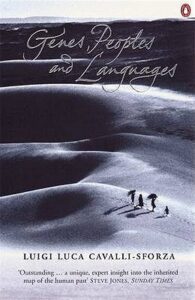 A Portrait of the Brain, Adam Zeman
A Portrait of the Brain, Adam Zeman
I picked this one up after hearing Adam Zeman do a section in the New Scientist Live consciousness workshop. Like that event, I found it surprisingly simple. The information was mostly stuff I’d read elsewhere; even on neurology and the biology of the brain, it didn’t really touch on anything I wasn’t already aware of. Definitely a good introduction to some neurological issues and the interrelated nature of body and brain; less so if you’ve already read stuff like Sam Kean’s The Tale of the Duelling Neurosurgeons, or even taken a basic course on neurobiology (e.g. Peggy Mason’s ‘The Neurobiology of Everyday Life’ on Coursera).
I was especially puzzled, though, by the choice Zeman made to refer to psychosomatic/conversion disorders as ‘hysteria’. I checked with a psychiatrist of my acquaintance (hi Mum)… As I suspected, it’s not a word that is really used anymore by anyone credible. I think that’s pretty much because it just has all the wrong connotations, and such a bad history of dismissing mental illness — particularly, dismissing female (mental) illness. We have modern terms for it, Zeman seems tolerably aware that even when a disease has no detectable physical cause, it can be serious and in need of treatment… So this just seems like a really weird choice.
I’m well aware of the brain’s power to create symptoms out of harmless bodily sensations. There’s no doubt that that happens, to greater and lesser extents. But to call it hysteria leaves a bad taste in my mouth, because it has such a history of being linked with dismissing women, seeing women as weak and disturbed, etc, etc.
Overall, way too simplistic a book for me, alas, even though I’m still a layperson. Perhaps a good primer for people new to neurology.




 The Better Angels of Our Nature, Steven Pinker
The Better Angels of Our Nature, Steven Pinker Zoomigurumi, Amigurumipatterns.net
Zoomigurumi, Amigurumipatterns.net At the Edge of Uncertainty, Michael Brooks
At the Edge of Uncertainty, Michael Brooks Badgerlands, Patrick Barkham
Badgerlands, Patrick Barkham Catastrophes and Lesser Calamities, Tony Hallam
Catastrophes and Lesser Calamities, Tony Hallam Freaks of Nature, Mark S. Blumberg
Freaks of Nature, Mark S. Blumberg